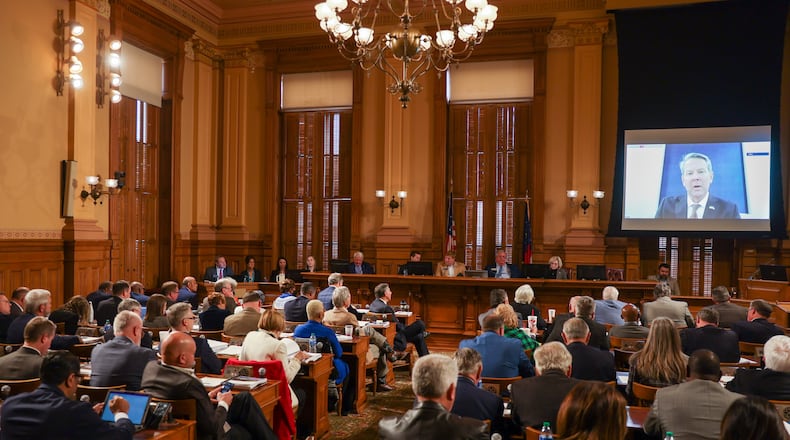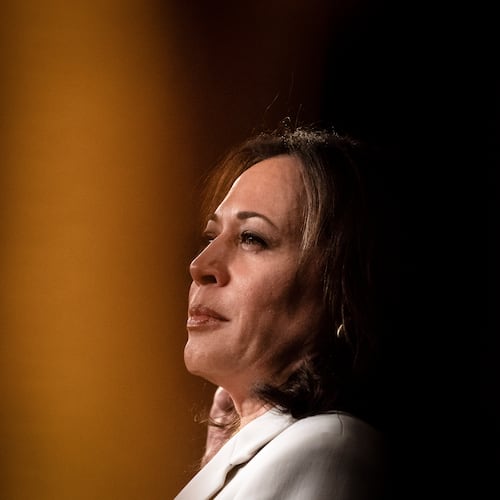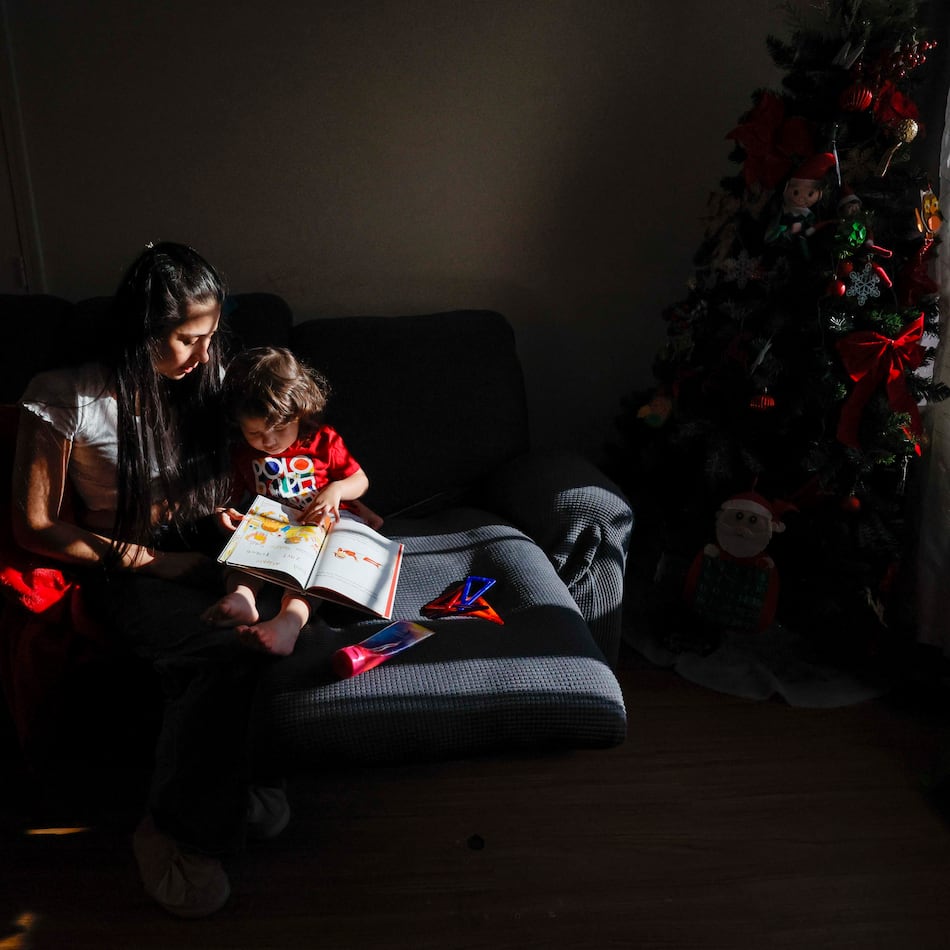When Democratic state Rep. Stacey Evans ran for governor five years ago, her campaign opened with a promise to reverse a series of cuts to the HOPE scholarship signed in 2011 that slashed funding to the lottery-funded program.
So it was to her great surprise when Republican Gov. Brian Kemp unveiled a spending plan that would boost funding for the scholarship and end the two-tier award system that she and other Democrats vowed to eliminate. Her response to Kemp’s proposal? “Hallelujah.”
The governor tucked the funding into a $32.5 billion proposal that also calls for $2,000 pay raises for state employees, an increase of more than $1 billion for K-12 schools and roughly $2 billion in tax rebates.
The new scholarship funding is a far smaller appropriation than those big-ticket items. It involves an extra $61 million in lottery proceeds to finance 100% of tuition for recipients that would save full-time students an average of $444 a year.
But it would also reverse a policy adopted more than a decade ago after stomach-twisting debate that sparked a deep, and in some ways, enduring rift among state Democrats.
“It was the thickest dividing line in the state Democratic party and triggered the nastiest Democratic primary for governor in a decade,” said Seth Clark, the mayor pro-tem of Macon-Bibb County and a former Evans aide. “Now, there’s progress.”
Faced with slowing lottery revenues and rising demand, the General Assembly in 2011 tightened eligibility requirements and reduced award payouts to prevent the program from going broke.
Before the overhaul, students who maintained at least a “B” average received free in-state tuition. After the 2011 legislation, only a smaller group of high-achieving students received the full payout. The other HOPE scholars now get 90% of the tuition.
Credit: Branden Camp
Credit: Branden Camp
The change was implemented after state officials warned that the lottery’s reserves would be depleted within years if immediate changes weren’t adopted. Then-Gov. Nathan Deal led a bipartisan coalition to implement the revamp.
The supporters of Deal’s proposal, including then-House Minority Leader Stacey Abrams, framed it as a difficult yet necessary step to stave off deeper cuts. Abrams also won concessions from Republicans, including more funding for tech school students taking remedial classes.
Opponents cast the overhaul as a betrayal of the scholarship’s promise. Evans said the law’s signing was the “most devastating day” of her political career – and one that propelled her to launch a HOPE-themed 2018 bid for governor.
Two years after she was defeated by Abrams in the primary, Evans returned to the Legislature with hopes of reversing the cuts. She and other Democrats have pressed to hike the scholarship’s funding as the lottery finances rebound. So have some GOP legislators who regret the move.
“I’m elated. This helps students, families, and our workforce,” she said. “I know personally the impact this will have because I know what a difference HOPE made for me, allowing me to go to UGA and change my life in ways I never could have imagined.”
Kemp’s plan is no permanent fix. Unless legislators revise the 2011 law, the governor or his successors could slash funding in future spending blueprints. And there’s still no consensus on how to finance a needs-based scholarship that Democrats have long sought.
“These HOPE changes help a lot, and I’m so grateful for them,” Evans said, “but there is more we can do to leverage the $1.3 billion in unrestricted lottery reserve funds currently available.”
About the Author
The Latest
Featured





